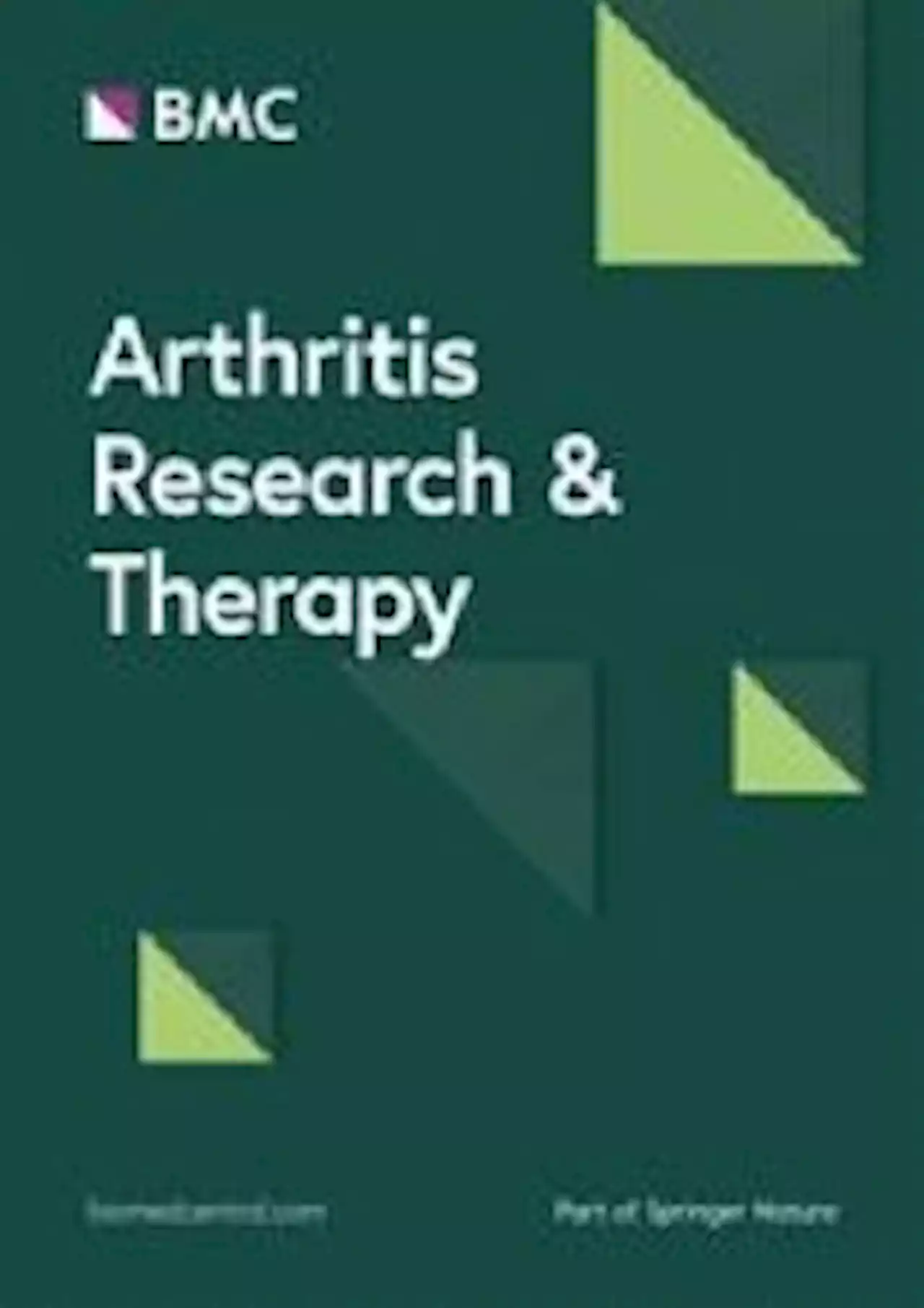Meta-analysis shows association between autism in children and cardiometabolic diseases texastech JAMAPeds
Are individuals with autism at a higher associated risk of developing cardiometabolic diseases, including diabetes, hypertension, dyslipidemia, and macrovascular atherosclerotic disease?In this systematic review and meta-analysis of 34 studies that included 276 173 participants with autism and 7 733 306 participants without autism, individuals with autism had a higher associated risk of developing diabetes, dyslipidemia, and heart disease, but not hypertension or stroke.
Observational or baseline data of interventional studies reporting the prevalence of cardiometabolic risk factors among children and/or adults with autism and matched with participants without autism were included.Screening, data extraction, and quality assessment were performed independently by at least 2 researchers. DerSimonian-Laird random-effects meta-analyses were performed using the meta package in R.
United Kingdom Latest News, United Kingdom Headlines
Similar News:You can also read news stories similar to this one that we have collected from other news sources.
 Does an ancient virus genome drive autism?Although autism is a common neurodevelopmental disorder, the multiple factors behind its onset are still not fully understood. Animal models of idiopathic autism, especially mice, are often used to help researchers understand the complicated mechanisms behind the disorder, with BTBR/J being the most commonly used mouse model in the world.
Does an ancient virus genome drive autism?Although autism is a common neurodevelopmental disorder, the multiple factors behind its onset are still not fully understood. Animal models of idiopathic autism, especially mice, are often used to help researchers understand the complicated mechanisms behind the disorder, with BTBR/J being the most commonly used mouse model in the world.
Read more »
 Norfolk Southern Disaster Prompts Rare Warning From Railroad Association | OilPrice.comFollowing yet another freight train derailment by Norfolk Southern (NS), the Association of American Railroads (AAR) has issued an advisory urging carriers to stop using specific railcars due to concerns about loose wheels.
Norfolk Southern Disaster Prompts Rare Warning From Railroad Association | OilPrice.comFollowing yet another freight train derailment by Norfolk Southern (NS), the Association of American Railroads (AAR) has issued an advisory urging carriers to stop using specific railcars due to concerns about loose wheels.
Read more »
 Clinical and serological association of plasma 25-hydroxyvitamin D (25(OH)D) levels in lupus and the short-term effects of oral vitamin D supplementation - Arthritis Research & TherapyBackground and objectives Data on the association of vitamin D levels and clinical phenotype and disease activity in systemic lupus erythematosus (SLE) is controversial. Further, the optimal dose of oral vitamin D supplementation in SLE is not clear. Thus, the present study was designed to determine the association of plasma vitamin D levels with clinical phenotype, disease variables and serology in a large, cohort of SLE from South Asia and to evaluate the short-term effect of two different dosage regimens of oral vitamin D supplementation on disease flares and plasma vitamin D levels. Methods This is a two-phase study. Phase I was a cross-sectional analytical study of patients from north (26.85° N) and south India (11.94° N). Plasma 25-hydroxyvitamin-D(25(OH)D) was measured, and its association with demography, serology, disease activity, Galectin-9 and CXCL-10 was analysed. In phase II, patients with SLEDAI-2KG | 10 and on stable immunosuppression were randomised to receive either high dose (weekly 60,000 U*5, followed by 60,000 U monthly) or routine dose (30,000 U monthly) oral vitamin D. Outcomes were assessed at 6 months Results Phase I included 702 patients with a mean age of 29.46 + 10.7 years. The median plasma vitamin D was 22.83 (13.8–31.8) ng/ml. Deficiency (| 20 ng/ml) was seen in 41.5% of patients. Patients from South India had higher vitamin D levels (27.06 ± 20.21 ng/dl) as compared to North India (17.15 ± 16.07 ng/ml) (p | 0.01). Univariate analyses demonstrated weak negative correlation of vitamin D with SLEDAI2K and positive correlation with age. Galactin-9 had modest correlation with SLEDAI2K but not with vitamin D levels. On multiple linear regression, centre of recruitment (β = 4.37) and age (β=0.18) predicted (p | 0.05) plasma vitamin D levels. In the phase II, 91 randomised to 2 groups completed 6 months. Median change in plasma vitamin D levels was more in high dose (9.5 versus 2.6 ng/ml; p= 0.04). There were 14 SLE flares and six minor adve
Clinical and serological association of plasma 25-hydroxyvitamin D (25(OH)D) levels in lupus and the short-term effects of oral vitamin D supplementation - Arthritis Research & TherapyBackground and objectives Data on the association of vitamin D levels and clinical phenotype and disease activity in systemic lupus erythematosus (SLE) is controversial. Further, the optimal dose of oral vitamin D supplementation in SLE is not clear. Thus, the present study was designed to determine the association of plasma vitamin D levels with clinical phenotype, disease variables and serology in a large, cohort of SLE from South Asia and to evaluate the short-term effect of two different dosage regimens of oral vitamin D supplementation on disease flares and plasma vitamin D levels. Methods This is a two-phase study. Phase I was a cross-sectional analytical study of patients from north (26.85° N) and south India (11.94° N). Plasma 25-hydroxyvitamin-D(25(OH)D) was measured, and its association with demography, serology, disease activity, Galectin-9 and CXCL-10 was analysed. In phase II, patients with SLEDAI-2KG | 10 and on stable immunosuppression were randomised to receive either high dose (weekly 60,000 U*5, followed by 60,000 U monthly) or routine dose (30,000 U monthly) oral vitamin D. Outcomes were assessed at 6 months Results Phase I included 702 patients with a mean age of 29.46 + 10.7 years. The median plasma vitamin D was 22.83 (13.8–31.8) ng/ml. Deficiency (| 20 ng/ml) was seen in 41.5% of patients. Patients from South India had higher vitamin D levels (27.06 ± 20.21 ng/dl) as compared to North India (17.15 ± 16.07 ng/ml) (p | 0.01). Univariate analyses demonstrated weak negative correlation of vitamin D with SLEDAI2K and positive correlation with age. Galactin-9 had modest correlation with SLEDAI2K but not with vitamin D levels. On multiple linear regression, centre of recruitment (β = 4.37) and age (β=0.18) predicted (p | 0.05) plasma vitamin D levels. In the phase II, 91 randomised to 2 groups completed 6 months. Median change in plasma vitamin D levels was more in high dose (9.5 versus 2.6 ng/ml; p= 0.04). There were 14 SLE flares and six minor adve
Read more »
 Instagram influencer pleads guilty to $1,500,000 Covid relief fund fraudDanielle Miller pleaded guilty to three counts of wire fraud and two counts of aggravated identity fraud for the scheme that stole millions from the federal government's Small Business Association.
Instagram influencer pleads guilty to $1,500,000 Covid relief fund fraudDanielle Miller pleaded guilty to three counts of wire fraud and two counts of aggravated identity fraud for the scheme that stole millions from the federal government's Small Business Association.
Read more »
 £449,805 fund granted to house Ukrainian refugees in GlasgowThousands of pounds have been secured by a Scots Housing Association to house Ukrainian refugees in Glasgow.
£449,805 fund granted to house Ukrainian refugees in GlasgowThousands of pounds have been secured by a Scots Housing Association to house Ukrainian refugees in Glasgow.
Read more »
 Schools have become 'fourth emergency service' due to poor mental health and social care for young peopleThe president of the Association of School and College Leaders says schools are trying - despite tight budgets - to fill the gaps left by an inadequate system.
Schools have become 'fourth emergency service' due to poor mental health and social care for young peopleThe president of the Association of School and College Leaders says schools are trying - despite tight budgets - to fill the gaps left by an inadequate system.
Read more »